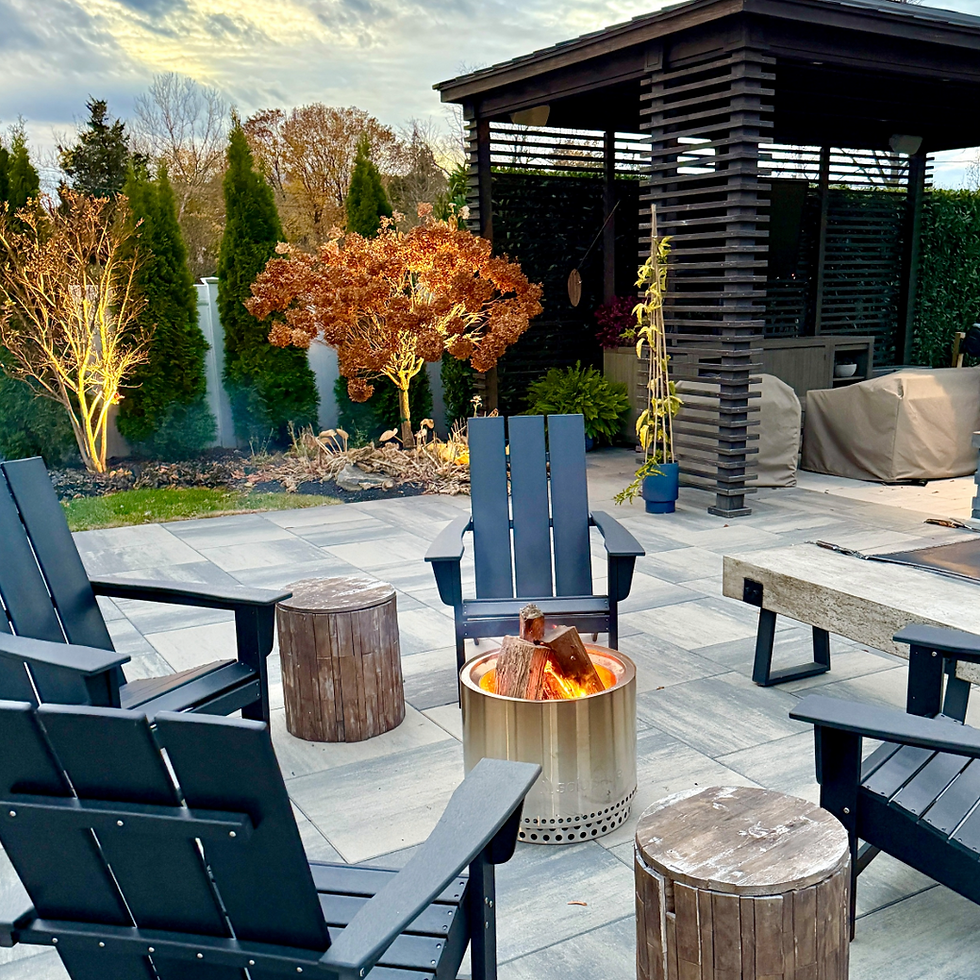Raised Garden Beds
- Rebekah
- Apr 11, 2019
- 4 min read
Updated: Jan 11, 2020
Have you grown in raised garden beds before? My husband and I grow most all of our vegetables and fruit in raised beds. We found that it is much easier to control soil conditions that way (part of our yard has quite a bit of clay! Can you relate?) and we have had satisfying crops many years now using our raised garden beds. Today, let's talk about some of the advantages of raised beds as well as simple tips to get you started if you would like to grow in them as well!
Advantages of Raised Beds
The ground typically warms up faster in Spring in a raised bed vs. in ground
Easier to care for because weeds & grass aren't creeping in from the ground as much
Only the defined space within the bed needs weeding, irrigation and mulch
Saves space
Great for urban spaces and large backyards alike
Capable of producing high quality vegetables
Great for those who have physical limitations
It is easier to control the soil conditions than planting in the ground

Ideal Locations for a Raised Garden Bed
Many spots will be suitable but you want to make sure, if it is for vegetables and fruits, that you have an area that receives at least 6 hours of full sun each day. Veggies need lots of sunlight to grow well! Also, place your beds in an area that is well-draining, so no water is puddling up in or around your raised beds. It is nice to be able to walk all the way around your raised beds, but if it is up against a fence, for example, to where you will not be able to walk all the way around, just be sure the width of the bed is no more than 3-4' so you can easily reach the back of the bed without stepping into it.
Know that your raised bed may need to be watered more frequently than if the vegetables were in the ground. Planning to have your raised beds near a water source can save you a lot of time and energy later in the hot summer heat!
Once your location has been determined, you are ready to mark out where you will build your bed. You can easily do that with stakes and string, and that way you can make sure this is the ideal spot (check your sun again!) and make sure you are happy with how large it is/etc. If you are making multiple beds and want pathways to walk between them, allowing paths that are 2-3' wide will ensure you can move between them freely as well as pick from them comfortably, bring gardening tools in when you need to weed them/ etc. You want to avoid ever walking on or in your raised beds themselves once they are constructed. This leads to soil compaction and can negatively influence your plants.
What Size Should I Make My Raised Beds?
Raised garden beds can be made however long you'd like them as well as however high (a minimum of 6-12 inches in depth is recommended to ensure good room for roots). Their ideal width is no more than 3-4' so that you can easily reach the center or the bed without stepping into it.

Ideal Soil Conditions for a Raised Garden Bed
There is magical, exact soil combination that will predict you have a bumper vegetable crop! So many other variables play into it, such as how much water the area receives, how much sun it gets, what vegetables you are growing, and even pH levels (blueberry bushes, for examples, like more acidic soil).
With that being said, a good mixture of topsoil and compost provide a great foundation for a raised garden bed. Ideally, you want 10-20% of your total volume (length x width x height) to come from compost. Too much or too little organic matter can lead to nutritional deficiencies in plants later on. While it is important to provide organic matter to your raised beds, it is just as important to have a good amount of topsoil mixed in to provide ideal soil conditions.
What to Plant in a Raised Bed
Practically anything edible! You can plant herbs, vegetables, fruits, & of course flowers as well. If you have bunnies nearby who like to nibble, planting marigolds in your raised beds will help deter them- they do not like the smell of marigolds at all. If you still find animals pecking at or eating your harvest, most garden centers offer netting which you can situate over your raised beds to keep animals away.

How to Care for Your Raised Beds When They're Not in Use
You can plant in raised beds year round, but if you find you just want warm-weather crops and do not plant in the cooler months, cover the beds with 2 inches of pine straw, leaves, or compost when you do not have vegetables planted. If you want to plant a cover crop in fall, it will help supply the gardening bed with nutrients and organic matter for soil conditioning. It also helps in retaining soil moisture and it suppresses weeds until you plant again in Spring.
We have outlined basics of raised beds today! Please feel free to ask us more questions below or at the Nursery. Vegetable plants are beginning to show up at the Garden Center and pretty soon it will be time to plant them! We hope you will love planting many veggies of your own this Spring and enjoy the "fruits" of your labor all Summer long. Have a great one!



